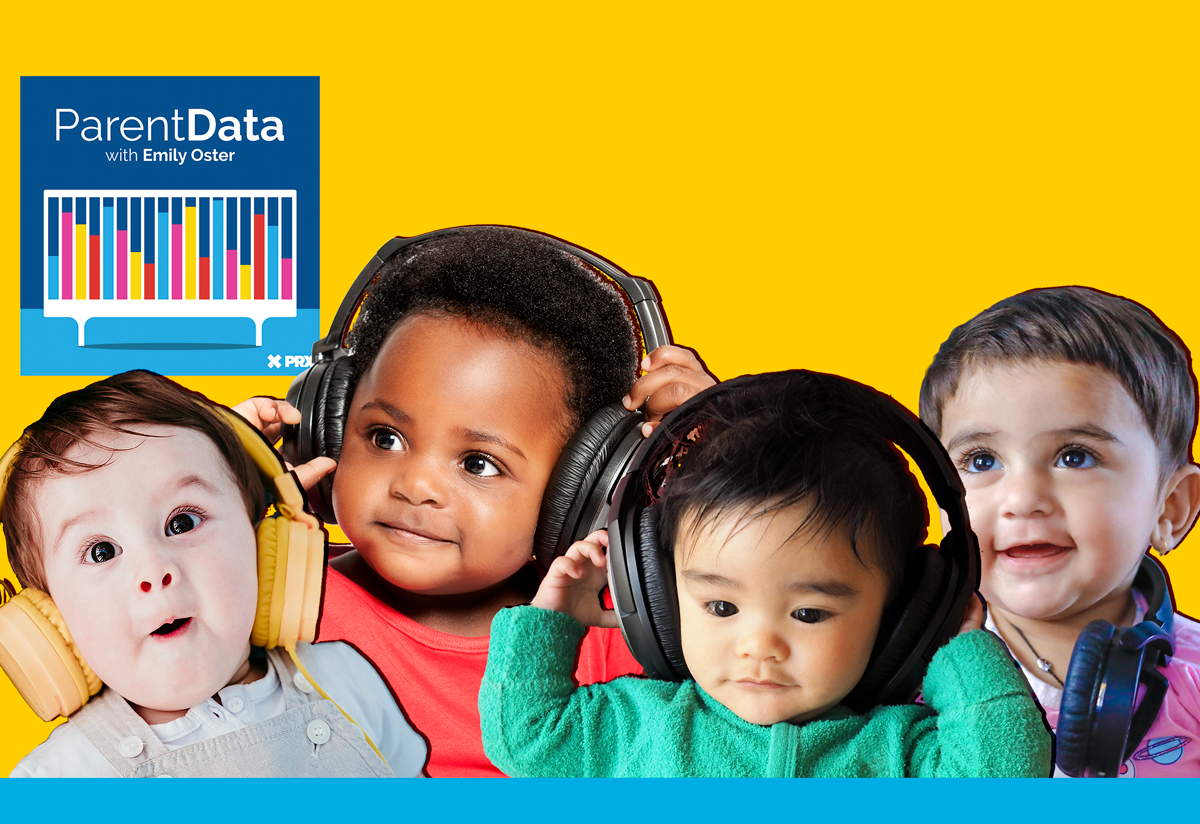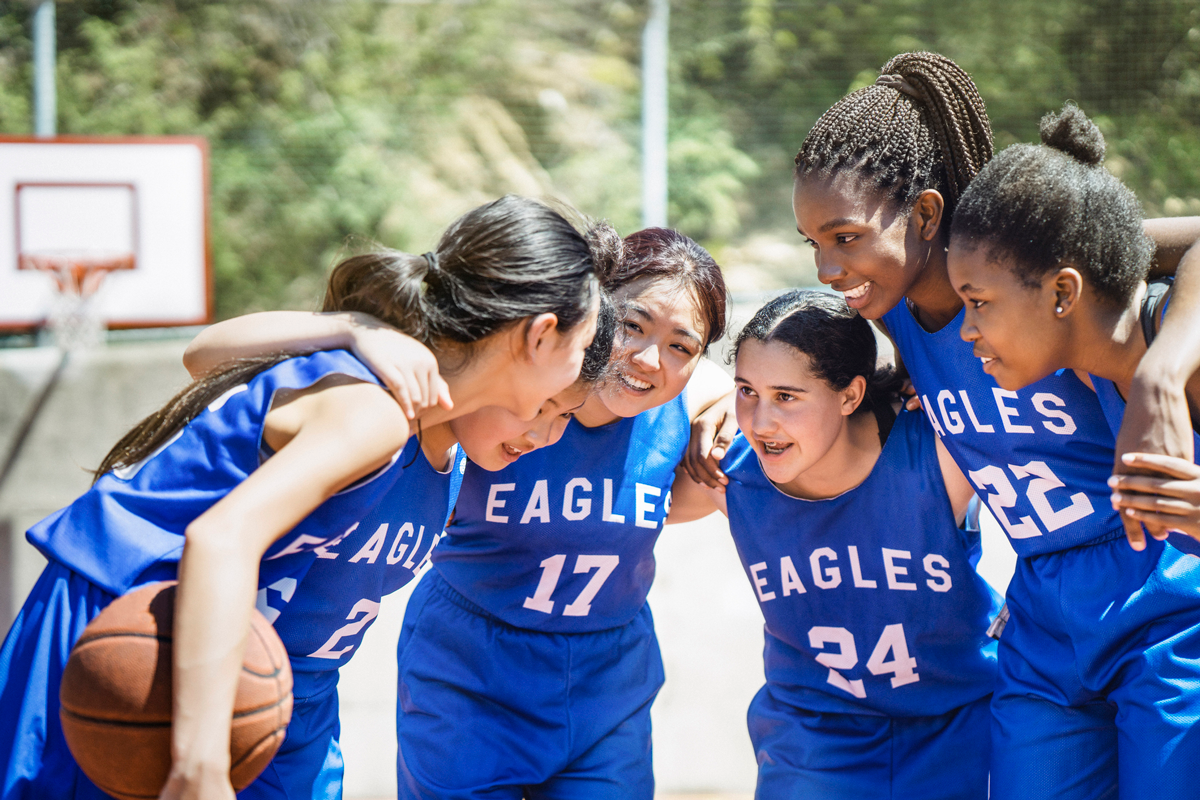A popular topic in this newsletter is “bad studies that animate the media.” Sometimes I feel like if this was your main consumption of research, you’d conclude that all studies are bad, and also that the media likes alarmist headlines. The second is true; the first is not. Many research papers are not bad. Perhaps more important to note, much of what is produced by academic journals — even on topics the general public might be interested in — never gets surfaced in the media at all.
One of my favorite things to do is peruse relevant journals and see what they are up to that I’m not hearing about in the New York Times or in the scary headlines you send me on Instagram DMs. Today I’m going to surface the results of one of those perusals.
Kids on the run
Of course I’d gravitate here: “Kids on the Run — Is Marathon Running Safe for Children?” This one is a “Viewpoint” piece, so it’s not a formal data analysis, but it brings in a variety of evidence from an expert viewpoint. The motivation is a story from May, when a 6-year-old finished the Flying Pig Marathon, to the chorus of much criticism of his parents. (Pause: For those of you who have gone hiking with your kids and found them asking for snacks and whining while you can still see the parking lot — can you imagine this? Anyway.)
The question in this piece is whether there is any reason to think that small children running marathons is dangerous. In most current marathons, children are not allowed. However: the authors note that historically there was child participation in marathons. For example: between 1982 and 2007, 310 children between 7 and 17 years old completed the Twin Cities Marathon. Their risk of medical encounters afterward was lower than adults’. There are a number of other examples — kids as young as 12 successfully completing ultra-marathon events (that’s events longer than 26 miles) and so on.
The broad conclusion of the piece is that we have limited evidence to suggest this is dangerous, but also little evidence to point to any value in terms of (say) long-term engagement with running. There are also concerns about overuse injuries, which occur in adults as well, as a result of these events. The authors end with a discussion of what pediatricians should address with parents and kids if the kids are participating in endurance sports events.
This was interesting. It didn’t make me want to bring my 7-year-old on my next half marathon, though.
Community Guidelines
















Log in